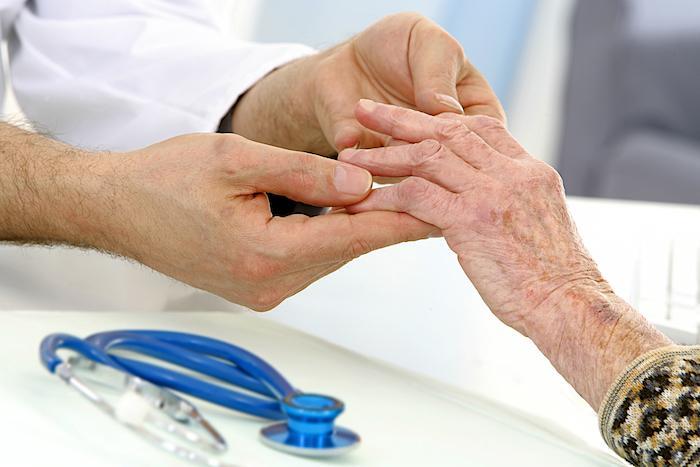
What to Do About Fingernail and Toenail Injuries

We’ve all done it — slammed our finger in the car door or dropped a heavy can on our big toe. The pain is excruciating and the visual is upsetting, as blood, swelling, and discoloration typically follow the incident.
We see this type of injury often here at Woodstock Family Practice & Urgent Care. Dr. James Lee expertly and compassionately cares for our patients with all types of nail bed injuries, relieving your pain and increasing your chances of a full recovery.
If you experience trauma to your nails, here are some steps to take at home, and some signs to indicate whether it’s an urgent care situation that requires you to come in and see Dr. Lee right away.
Types of nail bed injuries
Regardless of the type of accident — pinched between two objects, stubbed toe, dropped object, puncture wound, or cut — you could end up with any one of several kinds of nail injuries. Here are a few of the most common.
Subungual hematoma
When you slam a hammer on your thumb, this is typically the outcome. A subungual hematoma is simply the medical term for blood trapped under your nail. It throbs a lot and looks like a black, blue, or purple bruise.
If the hematoma isn’t too big (that is, it’s only covering about a quarter of the nail) then it’s not too serious. But if it’s about half of your nail, you may need to have it drained. Dr. Lee can give you a local anesthetic to numb your nail before he inserts a needle to release the fluid and relieve the pressure.
Nail bed avulsion
Some accidents can lift your nail away from your finger partially or completely. This is called nail bed avulsion, and it’s extremely painful. This injury is typically accompanied by bleeding and swelling, and it definitely calls for immediate medical attention.
Dr. Lee makes sure the nail bed is expertly sterilized to avoid infection before he bandages it. If your nail is only partially pulled away, he may need to remove it completely for proper healing.
Nail bed laceration
Saws, scissors, and even dropped objects can cut your nail as well as your fingers or toes. Depending on the type and extent of your injury, Dr. Lee may need to stitch or glue the area closed, or he may need to remove the nail.
Nail injury complications
Most nail injuries heal completely, even if your nail was removed. But occasionally, the new nail grows back with a deformity. This could be because there’s not enough nail bed support, or because you have too much scar tissue built up in the nail bed. Either way, Dr. Lee can trim or adjust the nail bed to accommodate the new nail.
Most nail injuries can be treated at home. Make sure the area is clean, remove rings in anticipation of swelling, use a bandage if necessary, and use ice and elevation to reduce swelling. Over-the-counter pain medications are often all it takes to ease the discomfort.
But if you have bleeding or pain that won’t stop, or a severe laceration or hematoma, call our office in Woodstock, Georgia, right away at 770-927-8273 or book an appointment online. We also have telehealth appointments available if you’d rather have a video consultation with Dr. Lee. You can also send a message to Dr. Lee and the team here on our website.
You Might Also Enjoy...


Chest Pain or Dizzy Spells? You Might Need an EKG

Struggling With Low Libido in Menopause? HRT Can Help

Allergies Driving You Crazy This Spring? Time for a Skin Test

5 Foods That Might Be Lowering Your Testosterone


